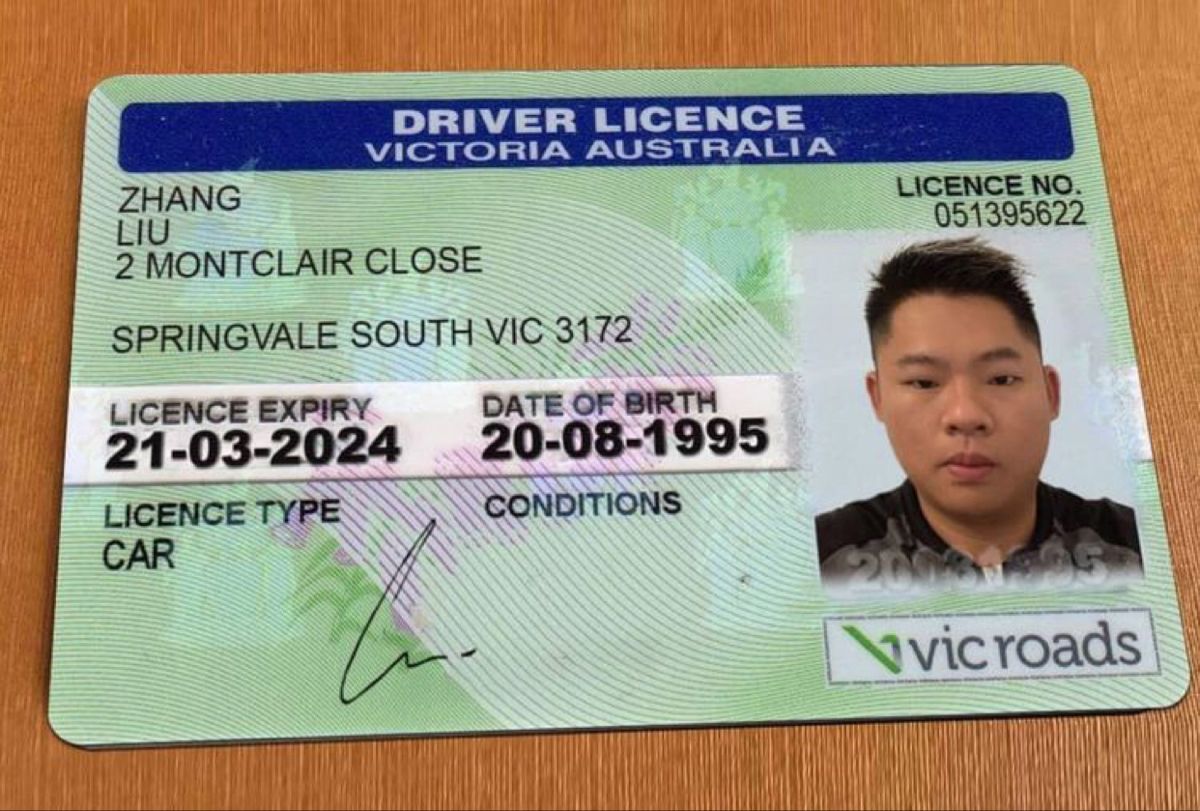Converting your international driving license to an Australian license is an important step If you plan to stay in Australia for an extended period. Driving with a valid original license ensures you’re fairly compliant and makes effects easier, from car rentals to insurance. Still, the process for converting an international driving license in Australia varies by state and depends on your residency status and the country where your license was issued. Here’s a detailed guide on how to make the transition smooth.
Step 1 – Determine Eligibility for Conversion
Your eligibility to convert an international license in Australia depends on many factors, including your visa type, the country that issued your original license, and the state you’re abiding in. Each state and territory in Australia has its licensing authority and specific requirements. If you hold a permanent visa, you’ll need to convert your international license within three months of getting a resident in Australia. Temporary callers can generally drive with their international license for longer as long as it remains valid.
Some countries, including New Zealand, the United Kingdom, and Canada, have reciprocal licensing agreements with Australia. This means that license holders from these countries can directly transfer their license to an Australian one without taking additional tests. However, for other countries, additional tests or conditions may apply.
Step 2 – Prepare the Required Documentation
When you’re ready to convert your transnational driving license, ensure you have the required Documentation. While requirements can vary by state, the following documents are generally demanded.
- Proof of Identity This includes your passport and visa documents.
- Current International Driving License: Your license should be valid, and in most cases, you’ll need an official translation if it’s not in English.
- Proof of Australian Residency This may include your visa, a rental agreement, or a mileage bill showing your address.
- Additional Documentation Some countries require additional documents, such as evidence of your driving experience or a recent snap.
Contact the licensing authority in your state to confirm the specific documents demanded for your application.
Step 3 – Visit Your Local Licensing Authority
Once you have all the necessary documents, you’ll need to visit the licensing authority in your state. Examples include VicRoads in Victoria, Transport for NSW in New South Wales, and the Department of Transport and Main Roads in Queensland. You may need to bespeak an appointment beforehand, so check your state’s requirements.
You’ll present your documents during your appointment and pay the applicable fees for processing your license conversion. The staff will verify your documents and give further instructions, which may include taking fresh tests depending on your license’s origin.
Step 4 – Take a Knowledge and Practical Test( If Required)
Depending on the country that issued your original license, you may need to pass a knowledge test, practical driving test, or both. However, these tests may be waived If you’re from a country with a complementary licensing agreement. Still, these tests are generally needed to meet Australian driving standards if you’re from a recognised country.
- Knowledge Test This is generally a computer-based test covering Australian road rules, traffic signs, and safety regulations. Most licensing authorities offer practice tests online, which can help prepare.
- Practical Driving Test The driving test is conducted on the road with an instructor who assesses your driving skills, awareness of road rules, and ability to navigate common road situations.
Still, it’s a good idea to review the Australian road rules and, if necessary, If you need to take these tests.
Step 5 – Receive Your Australian Driving License
You’ll be issued an Australian driving license after passing any needed tests and completing the necessary paperwork. Depending on your experience level, you may admit a full or provisional license. A provisional license is generally issued to drivers with lower experience and may come with certain restrictions, like limits on passenger figures and alcohol consumption.
You’ll also receive instructions on license renewal and requirements for updating your license in case of any particular changes, like address or visa status. Remember that the time your Australian license is valid depends on the state and type of license you receive.
Hire Driven to Drive Now!
Ready to hit the road in Australia with confidence? Driven to Drive guides you through converting your international driving license. Our team can help make the process easy and stress-free so you can enjoy the freedom of driving locally. Contact Driven to Drive today to get started, and let’s put you on the path to safe, legal driving in Australia!
FAQs
Q1 How long can I drive on my international license in Australia?
Temporary visitors can generally drive with their international license as long as it’s valid. Endless residents typically need to convert within three months of carrying residency.
Q2 Do I need an English translation of my international license?
If your license isn’t in English, you’ll need an official translation or an international driving permit( IDP).
Q3 Are there any fees for converting my international license?
Yes, conversion fees vary by state and may include charges for testing, processing, and issuing the new license.
Q4 Will I need to take a driving test to convert my license?
It depends on the country that issued your license. Some countries have complementary agreements, allowing direct conversion without tests, while others may require a knowledge or practical driving test.
Q5 How long does the conversion process take?
The time to complete the process depends on your state, the need for additional tests, and document verification. It can take anywhere from many days to several weeks.

